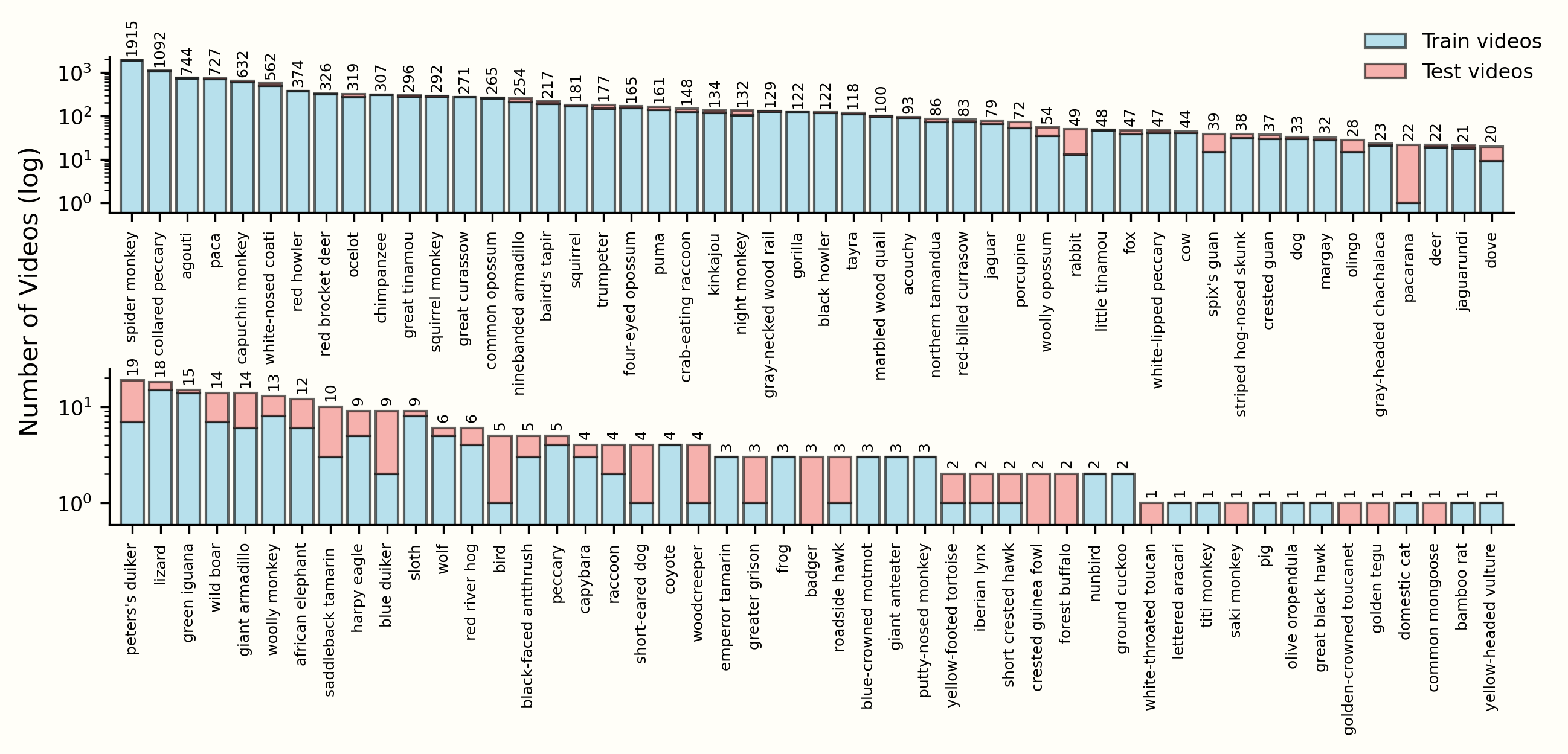


This collaboration combines Conservation X Labs’ on-the-ground innovation in wildlife monitoring with Meta's expertise in large-scale computer vision datasets. It also utilizes footage generously contributed by five additional partners:
By making this resource freely available, we aim to accelerate breakthroughs in both AI research and real-world conservation.
The SA-FARI dataset and its accompanying publication were made possible only through the dedication of countless researchers, engineers, and conservationists, all of whom we recognize and thank in these additional acknowledgments.
Large-scale ecological monitoring is entering the video era. Camera traps capture complex interactions, subtle behaviors, and environmental dynamics impossible to see in still images. But until now, AI progress has been slowed by a critical gap: the lack of robust, open, annotated video datasets. This dataset changes that — unlocking faster, deeper, and more accurate analysis of wildlife populations, behavior, and biodiversity health.
The dataset is ideal for:
We believe the future of biodiversity monitoring depends on shared tools and open science. This dataset is available to researchers, conservationists, and innovators worldwide—no paywalls, no restrictions.